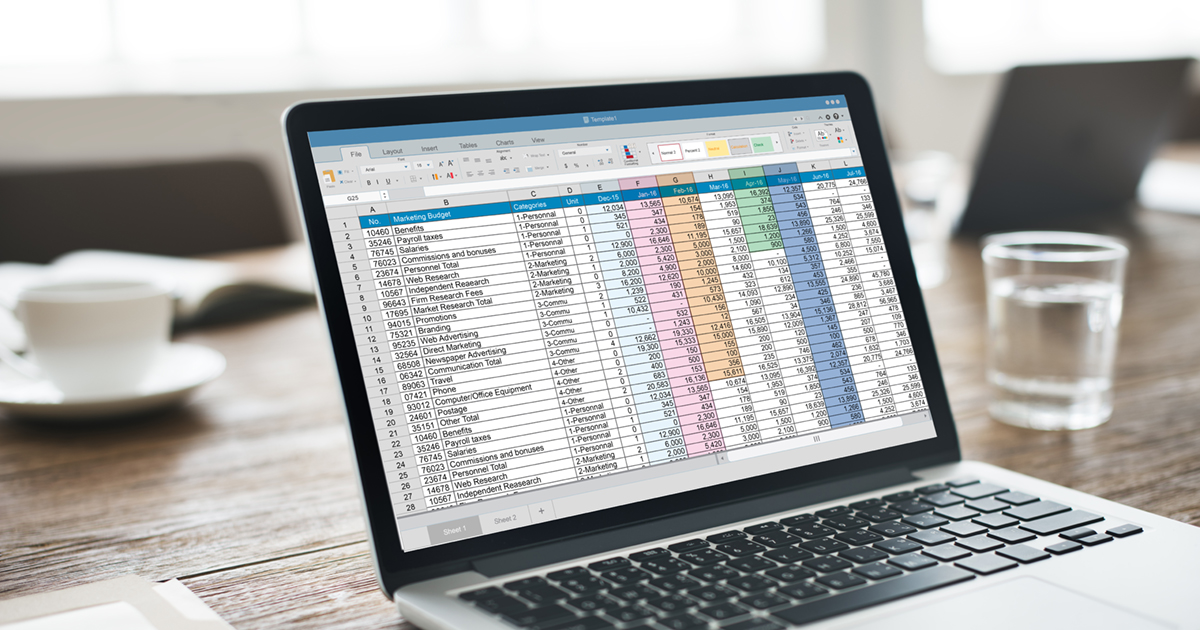Excel Math Functions and Formulas
The following list of Excel math functions with their explanation and formal syntax helps you understand every function quite clearly. Do not forget to tweet your valuable questions in the below field. Thanks for visiting Geek Excel! Please keep enjoying our Excel Spreadsheets. Spreadsheets are a must for every Excel user. Join the millions of users who are using Excel to build reliable business presentations and reports.
acci: An accumulative number function, used to multiply both sides of an angle or duration and come out with the exact value of the original product. When an angle is involved, use the timer function to calculate the number of times the value of one side is added with the corresponding value of the other side. The product of the two Integers is also called the next great calcualtor. An application of the above formula will display the following output:
Arithmetic operators. These Excel mathematical operations work on cells of specified width and height. Other functions related to rectangular units can be also applied. These functions are available as VBA. Excel has some excellent built-in graphing functions for representing complex geometric shapes, such as arcs, segments, and polygon outlines.

Subtotal. Enter the total sales for a month. This is the second step in the sumproduct function. The first step is to calculate the average price of products by means of the Sum or Square of the product prices. Excel’s sumproduct function uses the default parameters to estimate the arithmetic mean.
Sumproduct. This is the third step in the Sumproduct function. This function uses the default parameters to estimate the arithmetic mean. To determine the arithmetic mean, Excel divides the total sales by its average price. This gives the quotient. To find out the value of a number, multiply it with the number you are testing.
Sine wave function. A few mathematical functions in Excel have the ability to perform sine wave functions. This can be very useful when you want to calculate the angles or circumference of the orbit of an object. In this function, Excel uses the sin, cos and tan formulas to determine the angle or the circumference of the coordinate.
Some Excel math functions also contain the ability to perform complex mathematical calculations. You can create your own functions and add them into your workbooks. You can mix and match different types of functions so that they can perform a variety of complex mathematical operations. In this way you can save time when using these mathematical functions.
If you want to learn more about Excel formulas, then it would be better for you to try using some step-by-step examples on how to use Excel math functions. You can find them by using the ‘Frequently Used Items’ option under the Office Tab in Excel. This will bring up a list of all the commonly used formulas. Select any formula that you want to use in your workbook. You can learn more about these formulas by visiting the Microsoft Office website.
The Excel function rounding functions are necessary for you to understand Excel mathematical formulas. These functions round numbers to the nearest whole number, as well as the nearest fraction of a whole number. For example, if you multiply two numbers A and B, the Excel function rounds both the numbers to the nearest whole number. It also rounds the denominators to the nearest whole number.
To learn more about Excel functions, you should look for the worksheet functions and their definition in the worksheet menu. There are a variety of functions in an Excel workbook, such as those related to currency, rates, dates and currency conversions. There are other related functions, such as those that deal with graphs, pie charts and graphs with labels. In addition to these functions, there are also formulas math functions text functions. Text functions work just like formula examples in mathematics textbooks, only they are implemented in Excel. For example, the Excel function subtraction uses the text function and the name of the subtracted value.

The Excel function round is used to round numbers to the nearest whole number. This function is especially useful for the currency conversion. In addition, there are several other floating-point Excel functions such as the float, the nanometer, and treacle. The floating-point functions round, as well as the normal floating point, returns numbers as the next even number after conversion to the fraction.
The Excel functions rounddown and round is useful for getting the closest rounding result when rounding up to the nearest whole number. This function also rounds numbers to the nearest fraction. One more function is the date calculator. This works similarly as the mathematical equation (pi (determined from floating point numbers) x (decimal part of the number) in determining the date. The date calculator always rounds away even numbers, whether or not you specify the precision.